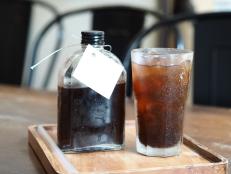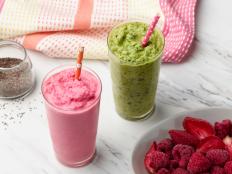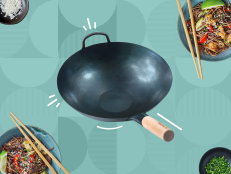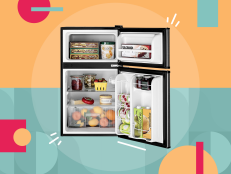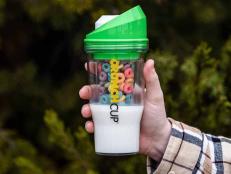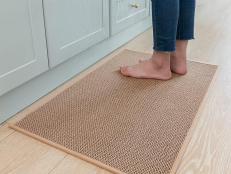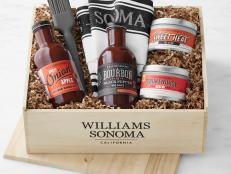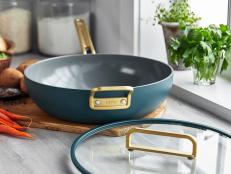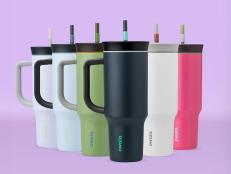What to Do with Leftover Juicer Pulp (Instead of Tossing It)
It's the secret ingredient that's already in your kitchen.

Westend61/Getty Images
By Grace Elkus for Food Network Kitchen
Grace is a contributing writer at Food Network.
There’s a lot to love about a glass of fresh pressed juice. It’s filled with vitamins and antioxidants, tastes super refreshing and can even be made into cocktails. Plus, there’s no limit to the types of produce you can juice, from beets and berries to carrots and kale.
But once you’ve finished your glass and it’s time to clean up, one question always looms: what should you do with the juicer pulp? Here, we’ll break down what juicer pulp is, whether you can cook with it and other ways to repurpose it.

marekuliasz/Getty Images
What Is Juicer Pulp?
Though there are many different types of juicers, they all work roughly the same way: they crush or shred fresh fruits and vegetables into pulp, then push the pulp through a strainer. What ends up in your cup is the juice; the byproduct left behind is the pulp. Since the skins and all go through the juicer, start with organic produce if possible, which is likely to have lower levels of pesticide residue.
Juicer pulp is high in fiber and perfectly edible. After all, it’s really just mashed up produce with the water squeezed out! So whether you’re wondering what to do with apple pulp or are looking to get creative with carrot pulp, we’ve got the solution for you.

OlgaLepeshkina/Getty Images
Ways to Use Juicer Pulp In Cooking
In the same way you might use carrot tops to make pesto or transform bread scraps into strata, juicer pulp can be repurposed into entirely new dishes. Plus, it instantly adds fiber, color and flavor to whatever it is you're cooking. Here are a few of our favorite suggestions:
Muffins, Quick Breads and Pancakes
If you're making juice in the morning, go ahead and give the rest of your breakfast a boost. Simply stir any type of sweet pulp, such as apple or carrot, into quick bread such as this Juicer Pulp Quick Bread or into pancake batters.
Party Dips
Move over, artichoke dip! Vegetable pulp, and specifically kale pulp or spinach pulp, is the perfect base for warm party dips. Stir mayonnaise and cheese into the pulp, transfer to an oven-safe skillet or baking dish, then broil until warmed through.
Soups and Stews
When you’re sautéing aromatics for homemade soup, why not toss in the juicer pulp, too? Fruit pulp like apple is great for winter squash soups, while vegetable pulp like celery tastes great in a hearty minestrone.
Veggie Meatballs
Vegetable pulp, such as celery pulp, kale pulp, carrot pulp or a combination, can be mixed with cheese, olive oil, seasonings and an egg to create colorful vegetarian meatballs like these Veggie (Juice Pulp) Meatballs. It also works great in veggie burger patties.

Olga Rolenko/Getty Images
Can You Compost Juicer Pulp?
Yes! If you decide not to repurpose your juicer pulp, it should absolutely be composted rather than thrown in the garbage. Once the scraps have decomposed, mix the nutrient-rich compost with soil and apply to your garden.
Related links:






























